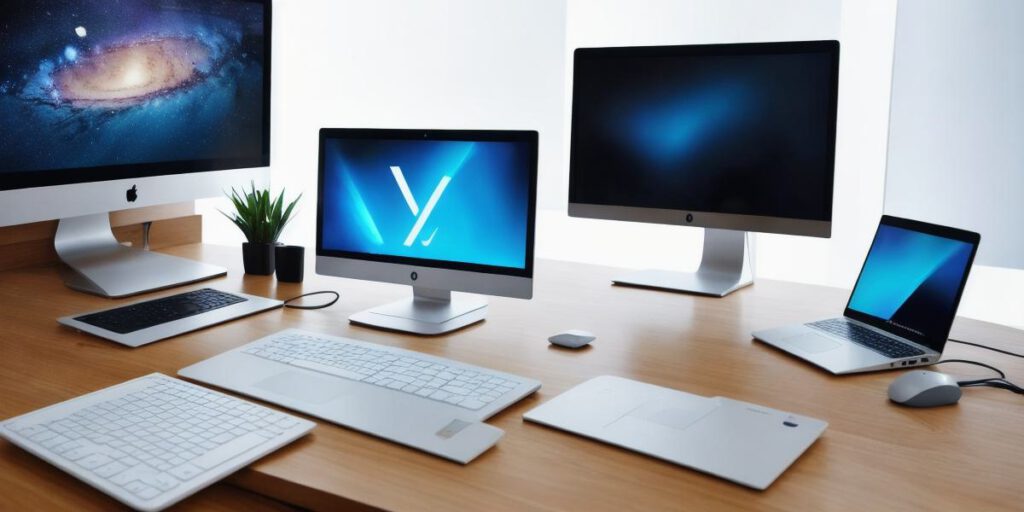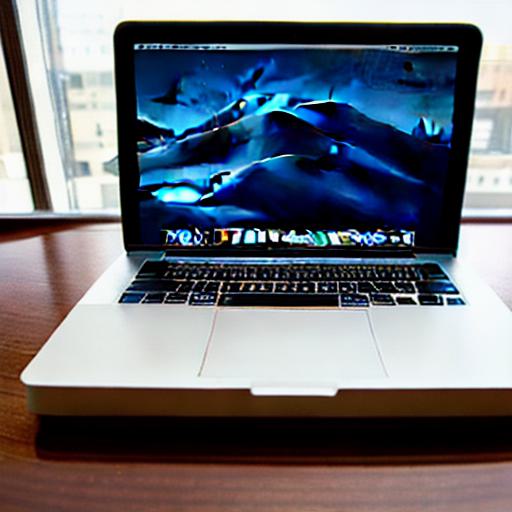Whose computer is this and how can I find the owner

Are you curious about who owns the computer you’re using right now? Maybe it was left at your workplace, or perhaps it was found in a public place. Regardless of how you came across the device, knowing whose computer it is can be important for a variety of reasons, including security, privacy, and legal compliance.
In this article, we’ll explore some of the most common ways to determine who owns a computer, along with some tips and best practices for handling this information. We’ll also discuss some of the potential risks associated with using someone else’s computer, as well as some steps you can take to protect yourself if you do end up using an unknown device.
Who Owns the Computer?
Determining who owns a computer can be challenging, particularly if you don’t have direct access to the owner or any identifying information about the device. However, there are several methods you can use to try and identify the owner of the computer:
- Check for Ownership Information: If the computer has a label or sticker with ownership information (such as a name, email address, or phone number), this can be a good starting point. You can also look for any identifying documents or items that may have been left behind by the owner.
- Use Device Tracking Tools: There are several online tools and apps available that can help you track down the owner of a lost or misplaced device. These tools typically work by using the device’s unique identifier (such as its MAC address) to locate it on a network, or by connecting to the device’s cloud services to retrieve any stored information.
- Check for Security Settings: If you have access to the computer’s settings, you can try to enable tracking or notification features that may help you locate the owner if they lose the device. For example, some devices allow you to set up a "find my device" feature that will emit a sound or send a location alert if it’s moved from its current location.
- Contact Local Authorities: If none of the above methods are successful, you may want to consider contacting local authorities (such as the police or your IT department) for help in identifying the owner of the computer. They may be able to use their resources and networks to track down the device or access any relevant information that has been stored on it.

The Risks of Using Someone Else’s Computer
While using someone else’s computer can be convenient, it also comes with several risks and potential problems. For example:

- Security Threats: If you don’t know who owns the computer or what its security settings are, you may inadvertently expose sensitive information (such as passwords, financial data, or personal correspondence) to unauthorized parties. This could lead to identity theft, fraud, or other serious consequences.
- Malware Infections: If the computer is infected with malware, it could potentially harm your own devices or compromise your privacy and security. It’s also possible that you could inadvertently spread the malware to other devices if you use the computer to access sensitive information or download files.
- Legal Issues: Depending on where the computer is located and how you came across it, using someone else’s device without their permission could potentially violate local laws or regulations related to privacy, security, or intellectual property. This could lead to legal consequences if you are caught or confronted about your actions.
Best Practices for Using Someone Else’s Computer
If you do end up using someone else’s computer, it’s important to take steps to protect yourself and minimize the risks associated with this activity. Some best practices to consider include:
- Use a Virtual Private Network (VPN): A VPN can help encrypt your internet connection and protect your privacy by preventing others from accessing your online activities or identifying your location. This can be particularly important when using an unknown device or network.
- Keep Your Devices Secure: Make sure you keep your own devices secure by using strong passwords, enabling two-factor authentication, and regularly updating your software and security settings. This will help minimize the risk of any sensitive information being compromised if you do end up using someone else’s computer.